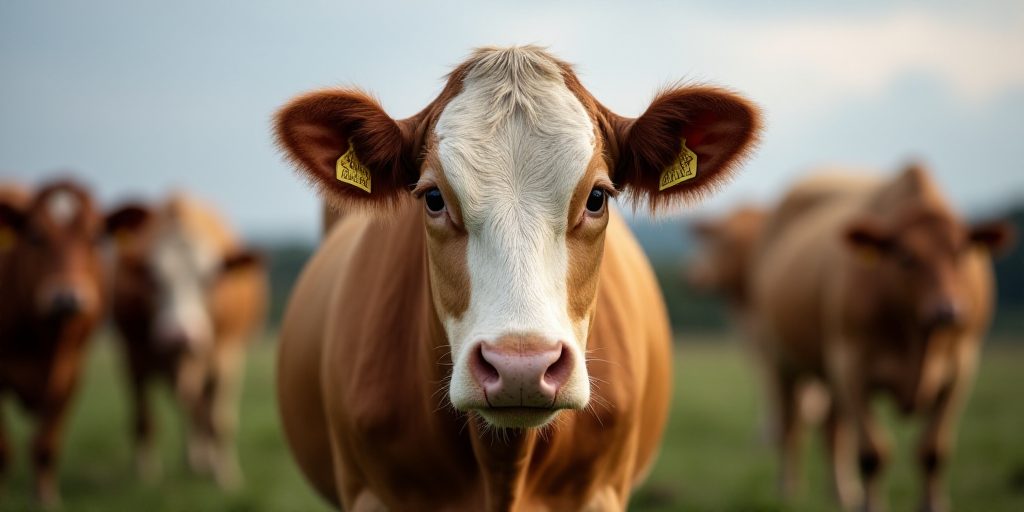Background on the Gusano Barrenador Issue
The United States Department of Agriculture (USDA) announced on July 10th the closure of the US border to Mexican livestock once again, citing a new case of Gusano Barrenador (scabies) detected in Veracruz, Mexico. This decision came just two days after the USDA had authorized livestock entry through Sonora, with a gradual expansion to other Mexican states.
The USDA’s Concerns
According to the USDA, this recent case raises significant concerns about previously provided information from Mexican officials and severely compromises the reopening calendar of five border ports from July 7th to September 15th.
Mexican Livestock Producers’ Reactions
Members of the Mexican Meat Producers Association (AMEG) expressed disappointment with the decision but acknowledged the technical commitment of Mexican authorities, led by SENASICA, to address the Gusano Barrenador situation nationwide.
- Support for Sanitary Guidelines: AMEG producers reaffirmed their support for sanitary guidelines ensuring the traceability, safety, and health of livestock crossing into the US.
- Collaboration with Authorities: The association’s president, Jesús Brígido Coronel, stated that producers are committed to collaborating with authorities, possessing the necessary capabilities and infrastructure to detect, isolate, treat, and cure any infected animal.
- Integrated Plague Combat Strategy: AMEG considers that a comprehensive Gusano Barrenador combat strategy should focus on monitoring and controlling the transmission source.
President Sheinbaum’s Response to the USDA Decision
Mexico City’s President Claudia Sheinbaum described the USDA’s immediate border closure as an “exaggerated” decision, citing concerns over sanitary control in Mexico.
- Adherence to Scientific Protocols: Sheinbaum asserted that Mexico has followed scientific and sanitary protocols to contain the plague, emphasizing that the previous border reopening was not arbitrary but the result of technical collaboration between SENASICA and USDA over two months.
Mexico Reactivates Sterile Fly Plant to Combat Gusano Barrenador
Starting July 7th, Mexico reactivated a plant to produce sterile flies targeting Gusano Barrenador, which has affected Mexican livestock exports to the US.
- Investment and Production: The Agriculture Secretary announced that the plant, with a joint investment of $51 million, will produce 100 million sterile Gusano Barrenador flies per week once completed in the first half of 2026.
What Do Sterile Flies Do Against Gusano Barrenador?
Gusano Barrenador can be combated using the sterile insect technique, which involves irradiating insects with gamma radiation. These sterile insects are released into infested regions to compete with local insects during mating, preventing offspring and reducing the plague population.
What is Gusano Barrenador?
Gusano Barrenador is an infestation caused by the larvae of the Cochliomyia hominivorax fly, which feed on living mammal tissue. This parasite poses a serious threat to livestock health and, in some cases, human health. Early detection is crucial as this infestation can be devastating, causing symptoms like fever, depression, and loss of appetite in animals, negatively impacting agricultural production.






